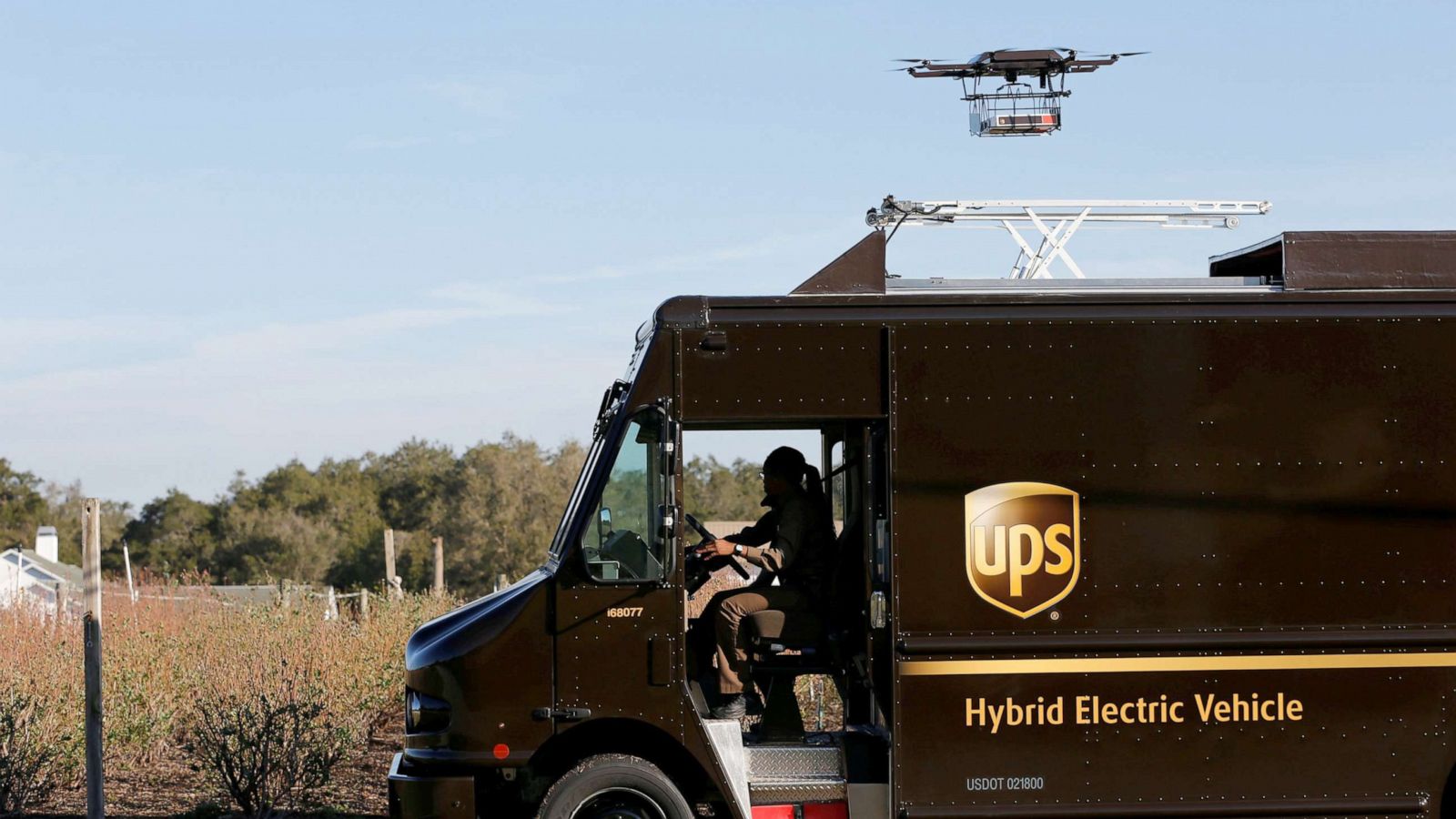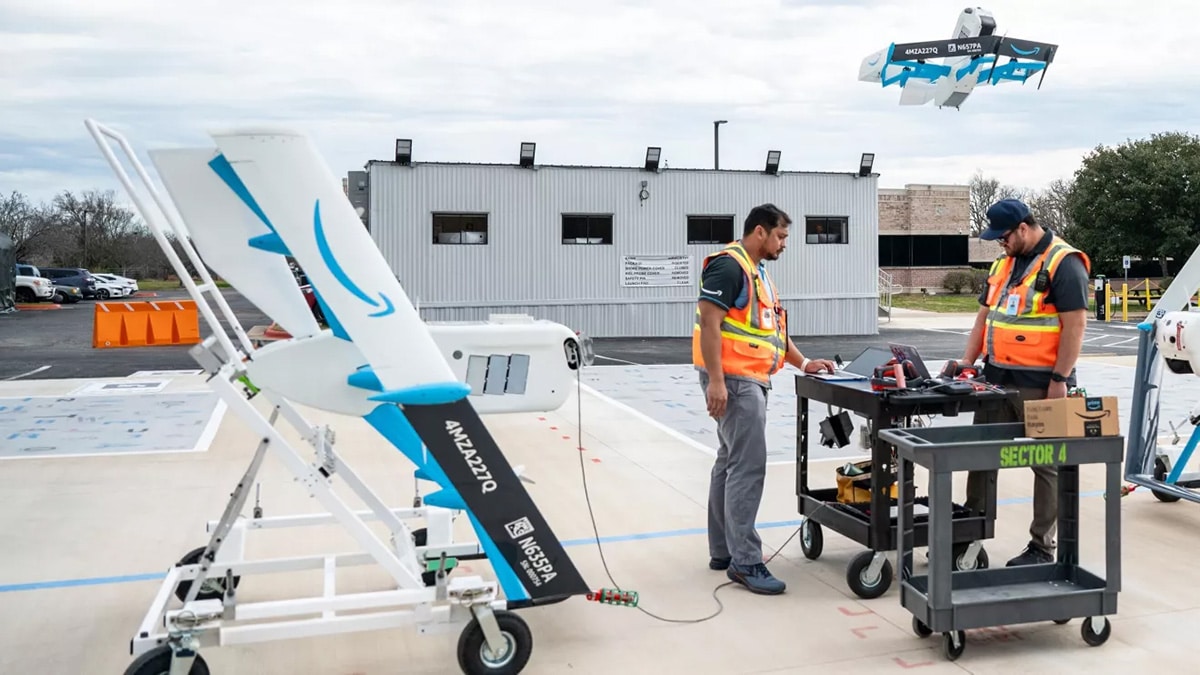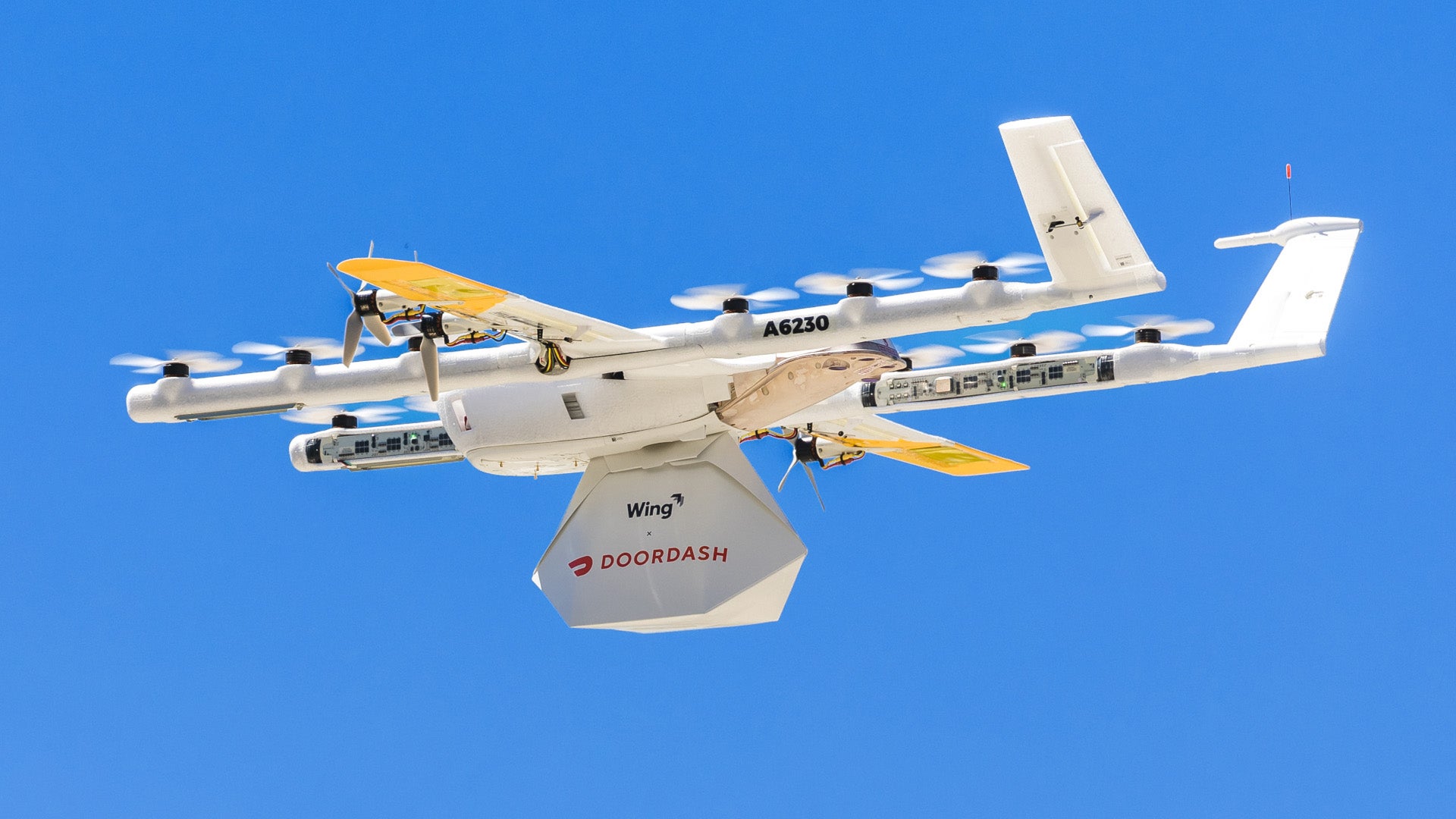The FAA’s Groundbreaking Role in Realizing the Future of Drone Delivery

With the rapid advancements in drone technology and regulatory approvals, 2024 might just be the year drone deliveries transition from futuristic speculation to everyday reality. Leading companies like Amazon, Zipline, Wing Aviation, and A2z Drone Delivery are at the forefront of this technological revolution, pushing the boundaries of what’s possible.
Recent Developments in BVLOS FAA Approvals
UPS Flight Forward & uAvionix

In a significant leap forward, UPS Flight Forward, alongside its Matternet M2 drones, has been granted FAA authorization to conduct small package deliveries beyond visual line of sight (BVLOS). This means their drones can now zip through the skies with precision, delivering packages over longer distances without needing a direct line of sight.
Meanwhile, uAvionix is pioneering detect-and-avoid technology using the Vantis Network, ensuring that these drones can safely steer clear of any obstacles. Think of them as the vigilant guardians of the drone world, prioritizing safety and efficiency.
Amazon’s FAA Approval

Amazon has also achieved a milestone by securing FAA approval to fly its package drones BVLOS. This approval paves the way for more extensive and efficient delivery networks, particularly in urban areas where direct line-of-sight flight paths are challenging.
Zipline & Wing Aviation

Zipline International and Wing Aviation have made remarkable progress by obtaining FAA approval for BVLOS drone flights in the same airspace. Imagine a well-coordinated ballet of drones crisscrossing the sky, delivering packages while maintaining safe separation. Using advanced Unmanned Aircraft System Traffic Management (UTM) technology, they ensure that these drones don’t bump into each other, making the skies safer for all.
The Bigger Picture
The FAA is committed to developing standard rules to make BVLOS operations routine, scalable, and economically viable. They’ve chartered the Beyond Visual Line of Sight Aviation Rulemaking Committee to provide safety recommendations, ensuring that drones integrate seamlessly into our airspace.
What’s Next?
Initial flights using UTM services are set to begin soon, with more authorizations expected for the Dallas/Fort Worth area. The FAA is also working on the Normalizing UAS BVLOS Notice of Proposed Rulemaking, the final rulebook for BVLOS operations, as mandated by Congress.
Whether it’s delivering tiny packages or life-saving medical supplies, drones are poised to take flight, and the FAA is ensuring they do so safely and efficiently.
Emerging Players in Drone Delivery
A2z Drone Delivery

A2z Drone Delivery is another exciting player in this space, known for their innovative solutions in the last-mile delivery sector. Their robust drone delivery systems are designed to handle a variety of packages, ensuring timely and efficient deliveries. By incorporating advanced technology and focusing on safety and reliability, A2z Drone Delivery is shaping the future of logistics.
The Importance of Connectivity for BVLOS Operations
Beyond Visual Line of Sight (BVLOS) drone operations require real-time, low-latency data transfer for safe and responsive missions. TEAL’s eSIM technology outperforms traditional roaming services, providing higher reliability and faster deployment times. This connectivity is crucial for maintaining continuous GNSS positioning and adhering to FAA regulations, which mandate protocols for lost connections to ensure safety.
The FAA’s rules for BVLOS operations include specific protocols for when a drone loses connection. Typically, drones must have a “return to home” (RTH) feature that automatically navigates them back to their base or a predetermined safe location, ensuring safety and minimizing risks associated with losing control.
Additionally, maintaining reliable GNSS positioning is essential for continuous tracking and control. These measures are part of the broader regulatory framework aimed at ensuring the safety and reliability of BVLOS drone operations and highlight the importance of redundant cellular connectivity.
With TEAL, mission-critical drones benefit from over-the-air access to connect to any network globally. Flexible and programmable eSIM technology from TEAL provides ultimate redundancy and reliability, simplifying drone operations with a single eSIM SKU that ensures drones are connected onto the best cellular networks wherever they fly.
With the FAA’s continued efforts to develop standard rules and ensure safety, 2024 could very well be the year that drone deliveries become a mainstream reality.
Keep your eyes on the sky – the future of logistics is airborne!
Interested in finding out how TEAL can help your business? Schedule a meeting with one of our experts now!
Book a Meeting
Recent Posts
The Fastest Growing Company in the PNW isn’t an AI Startup… it’s TEAL
Teal Communications Staff2025-12-10T20:43:23+00:00
The Sky is the New Cell Tower: Satellites Are Reshaping the MNO Landscape
Teal Communications Staff2025-12-09T21:28:24+00:00
Introducing TEAL Chameleon eSIM: The Most Adaptive eSIM Ever Built
Teal Communications Staff2025-12-03T23:14:56+00:00




